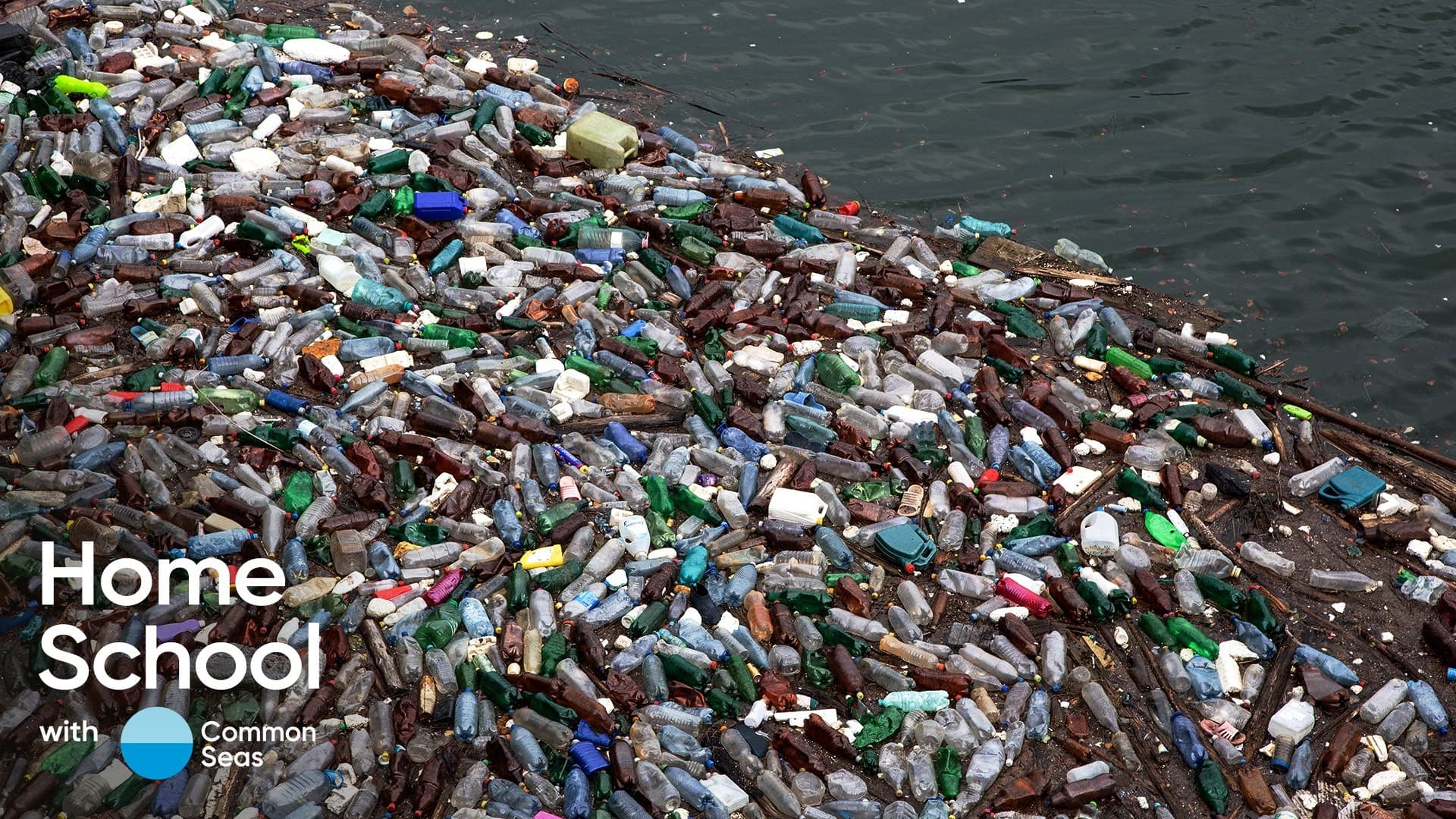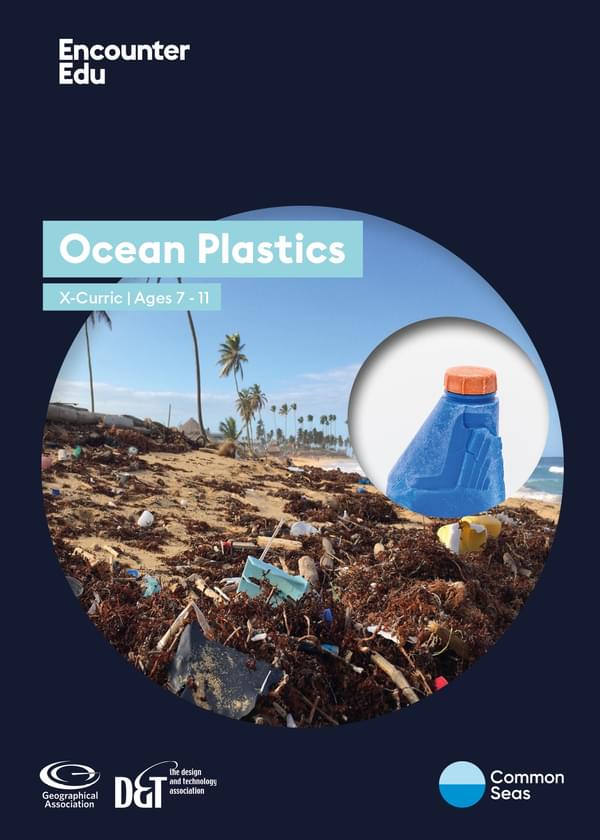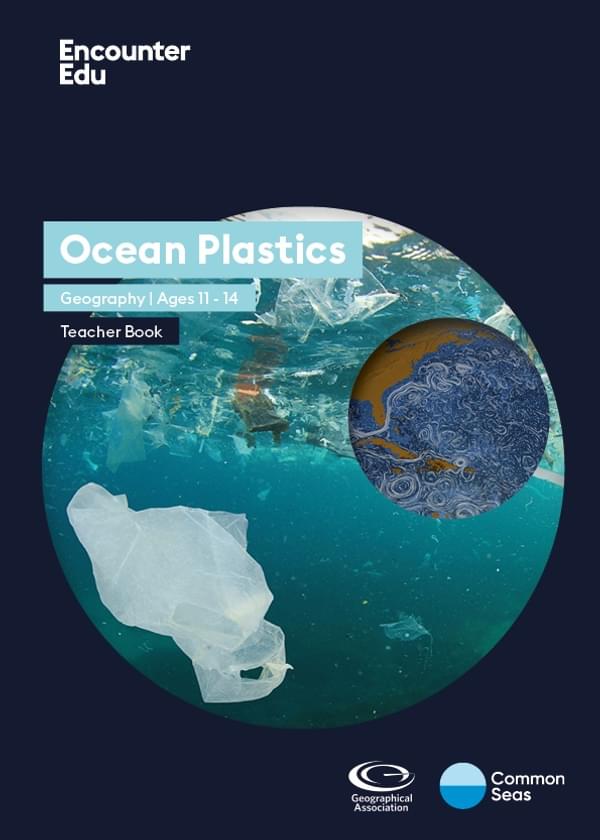Plastic journey

Plastic becomes a problem when it gets into the environment, but how does it get there?
What could the journey of a plastic bottle be from buying it, to drinking it and then throwing it away? In this activity, you will think about all the possible routes that a bottle could take, and how it could get into the environment. It is a great way to get creative and to use your geography skills.
Ages 9+
(adult supervision)
30 minutes
Part of:
Common Seas Ocean Plastics AcademyOverview
This activity is all about the journey that plastic can take. You will need to think about what could happen to a plastic bottle after its been purchased. Use your imagination to come up with some creative story-telling and either create a story board or a digital map. For the story-board, there are two versions. One has suggested captions with some word gaps to complete. The other is blank to let your imagination roam free. Choose the one that is most appropriate for you or your child.
Activity steps
- Start by creating a story board showing the journey of a plastic bottle. Print or draw out the story board template to help you. You can use these notes to make a digital map later if you would like to. It might have the following scenes.
- In the first section of your storyboard template, think about where a bottle might be purchased and sketch a picture or find a photo and stick it on.
- Then draw the bottle of water or fizzy drink being consumed. Where might this happen and how long after it was bought?
- The third section should show how the bottle is disposed of. There is a choice here, and we hope that as well as reducing your use of plastic, you dispose of it properly too. However, let us assume for this activity that someone is careless and throws it on the side of the road.
- Then where might it go? Could it be blown towards a beach? Are there rivers nearby that could carry it out to sea? Use two sections to show the journey towards the sea.
- For the last section, think about what might happen to the bottle in the ocean. If you would like to extend this activity, think about where ocean currents could end up taking the bottle.
- We’d love to hear your story about a plastic bottle – will you share it with us? Maybe you could take a picture or a screengrab of your storyboard, or even record a video telling us what happens…. If you do, please remember to tag us @commonseas and use the hashtag #SeaChampions. Thank you!
Further ideas
You can extend this geographical learning with full lessons from the Ocean Plastics Teacher Resources. For students aged 7 to 11, use the lesson Where are plastics? Part one. There is some background on the role ocean currents play in concentrating plastic pollution in, What is the ‘Great Pacific Garbage Patch’ really like? and the problems caused by the international trade in plastic waste in The global journey of plastic waste.
Safety guidance
- If you create a digital map, there may be some online safety considerations. Young people may have a school Google account already set up. If not, an adult should use their account for this activity.
- If you are posting work on social media, this should be done via a parent, guardian or school account for children under the age of 13. Children over the age of 13 should still be supervised by an adult. Check out the Thinkuknow website for more guidance on online safety.


Cross-curricular | Ages 7-11
Ocean Plastics
Ocean Plastic ages 7-11 unit is a KS1 teacher resource that introduces students to the issue of plastic pollution. Students study materials, their properties and are inspired to enact change in their communities.
